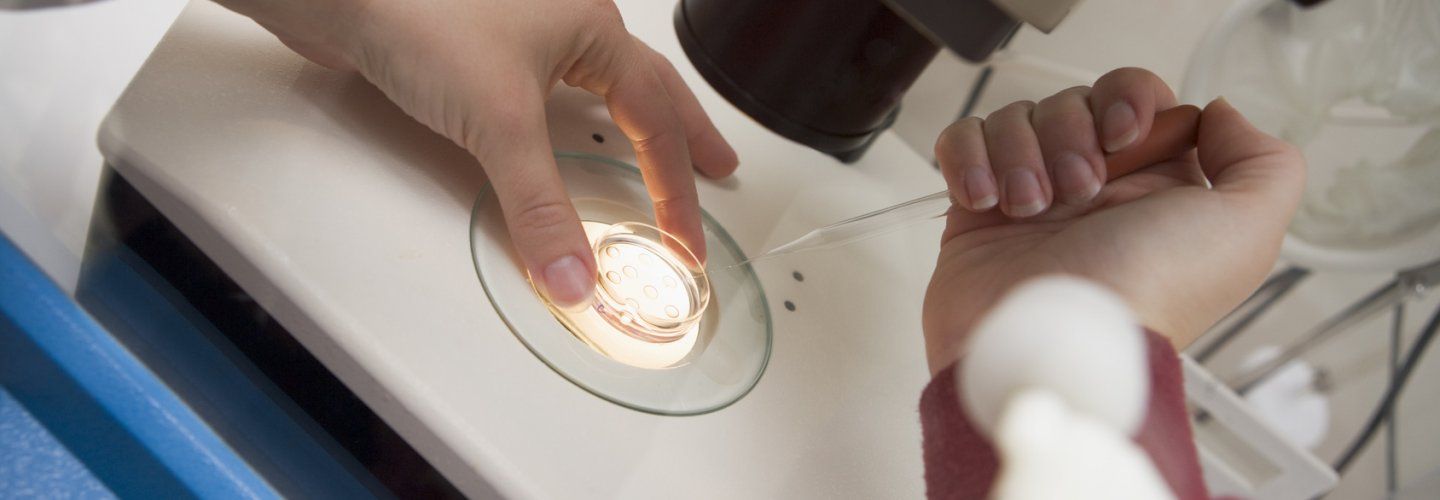Embryo Transfer

Embryo Transfer: The Pinnacle of IVF Success
Embryo transfer is unarguably the most critical step in the IVF (In Vitro Fertilization) journey. It requires a combination of expertise, experience, and skill, making it one of the most challenging procedures to master in the realm of assisted reproductive techniques. A variety of factors, such as the quality of the embryo and the skills of the medical team, impact the likelihood of a successful pregnancy. However, one method showing promise is blastocyst transfer, typically carried out on Day 5 or 6. This method is not universally applicable, but it has shown to increase IVF success rates significantly.
The Journey of an Embryo
After fertilization, embryos spend about 5-6 days in a lab setting to continue their development. Research indicates that ‘lower quality’ embryos are often eliminated during this period, while those that can survive up to Day 5 or 6 are likely to be of higher quality and have a better chance of implanting successfully in the uterus.
The Blastocyst Stage
By Day 5 or 6, an embryo reaches the blastocyst stage, which is not a new concept in the field of assisted reproduction. However, due to advancements in lab conditions, the likelihood of achieving blastocyst-stage embryos has increased. The blastocyst stage is characterized by a fluid-filled cavity, the blastocoel, which eventually forms the amniotic sac and fluid.
Embryonic Genes Take Control
Initially, the embryo’s development is controlled by the maternal genes. Around the 8-cell stage, the embryo’s own genes start to direct its development. This change is crucial for determining the embryo’s quality and potential for successful implantation.
Latest Developments in Embryo Culture
In the mid-1990s, researchers developed a new generation of artificial cultures that allowed embryos to develop up to Day 5 or 6. This capability has led to better-quality embryos, of which approximately 35-40% can reach the blastocyst stage, enhancing the chances of a successful IVF outcome.
When to Opt for Blastocyst Transfer
Blastocyst transfer increases the likelihood of implantation and thus IVF success. However, it’s essential to remember that even in young women who produce good-quality eggs, only 35-40% of embryos reach the blastocyst stage. For patients with less than four good-quality embryos on Day 3 or those who have experienced prior IVF failures, it’s generally advised to proceed with a Day 3 transfer.
Frequently Asked Questions
What is a Blastocyst?
A blastocyst is an embryo that has developed for 5-6 days after fertilization and has a higher potential for successful implantation compared to Day 3 embryos.
Is Blastocyst Transfer Suitable for Everyone?
No, the method is most effective when there are multiple high-quality embryos to choose from. It may not be the best option for everyone, especially those with a history of IVF failures.
What Are the Advantages of Blastocyst Transfer?
Higher implantation rates and better selection of high-quality embryos, which minimizes the risk of chromosomal abnormalities.
What Are the Risks?
Since only about 35-40% of good quality Day 3 embryos reach the blastocyst stage, you may have fewer embryos available for transfer or freezing.
In Conclusion: The Relevance of Embryo Transfer
Embryo transfer, particularly when involving blastocysts, can be a game-changer in the realm of IVF. It is a refined technique that requires expertise but offers the promise of higher success rates. However, it’s crucial to weigh the pros and cons and consider your unique circumstances when opting for this method. After all, the primary aim is to increase the chances of a successful pregnancy, making embryo transfer a cornerstone in the IVF process.